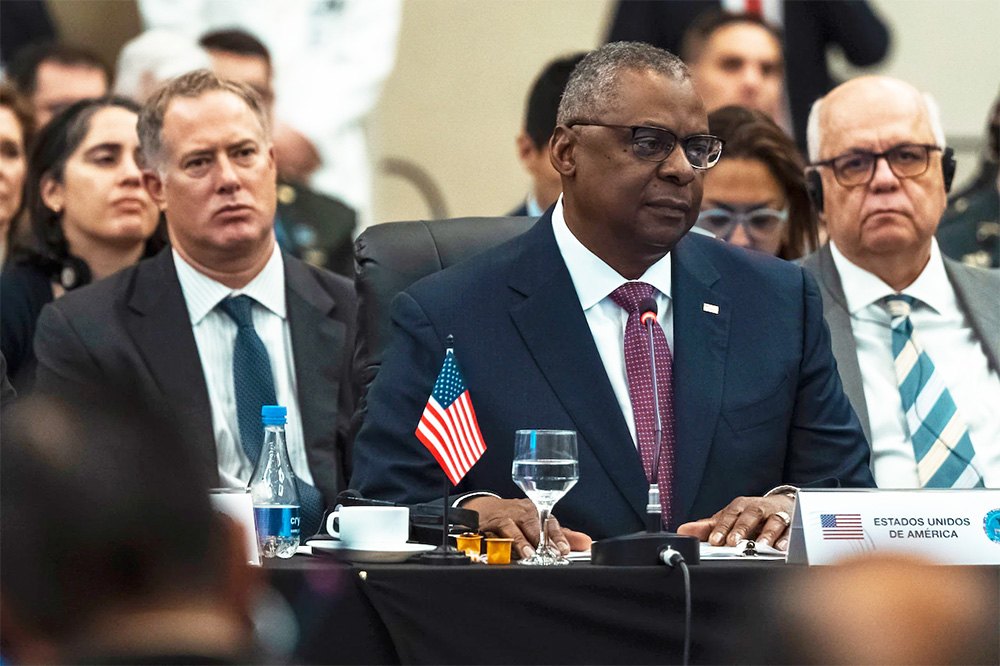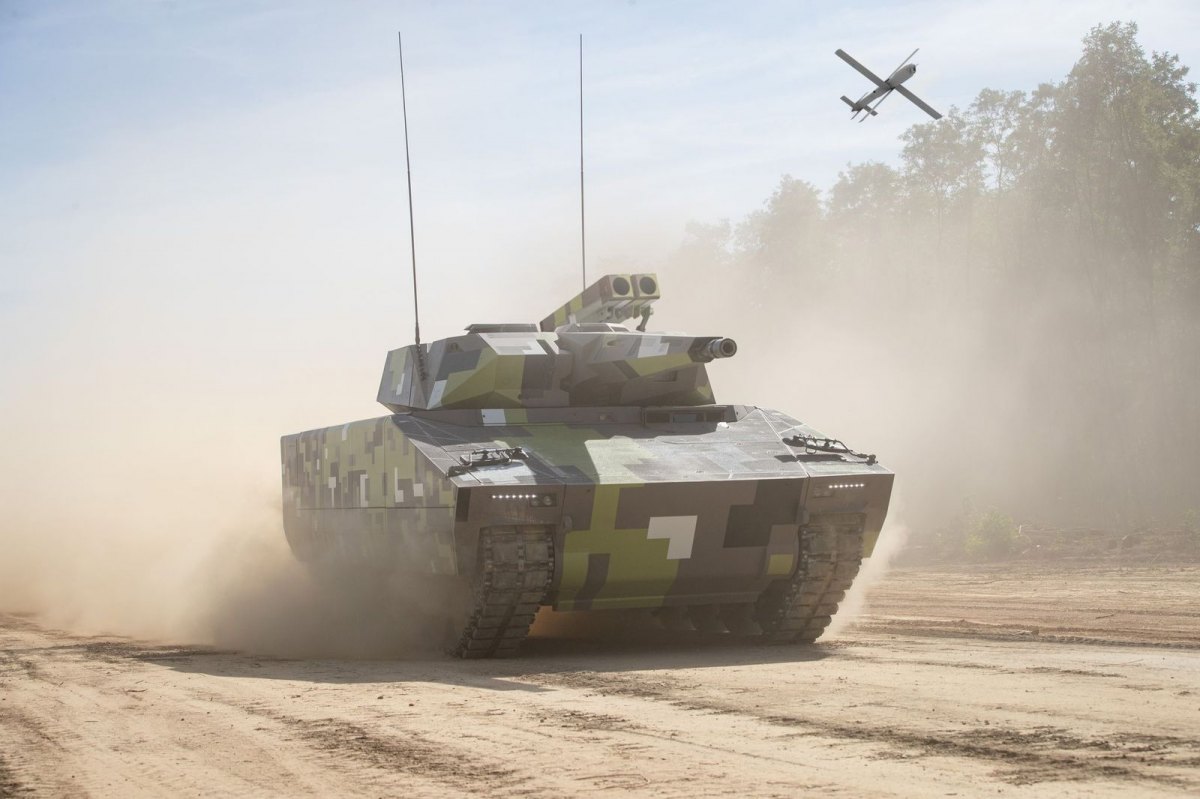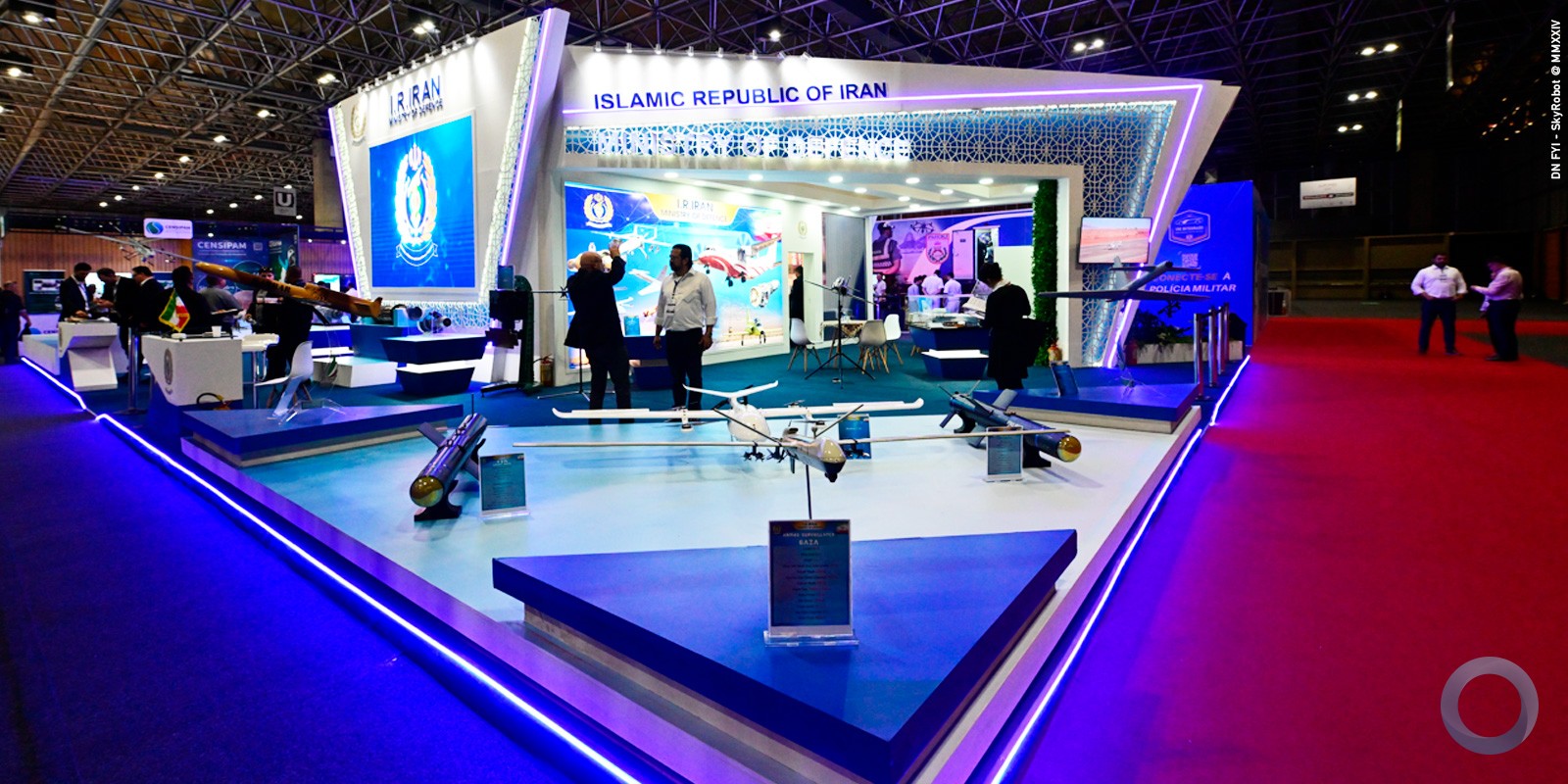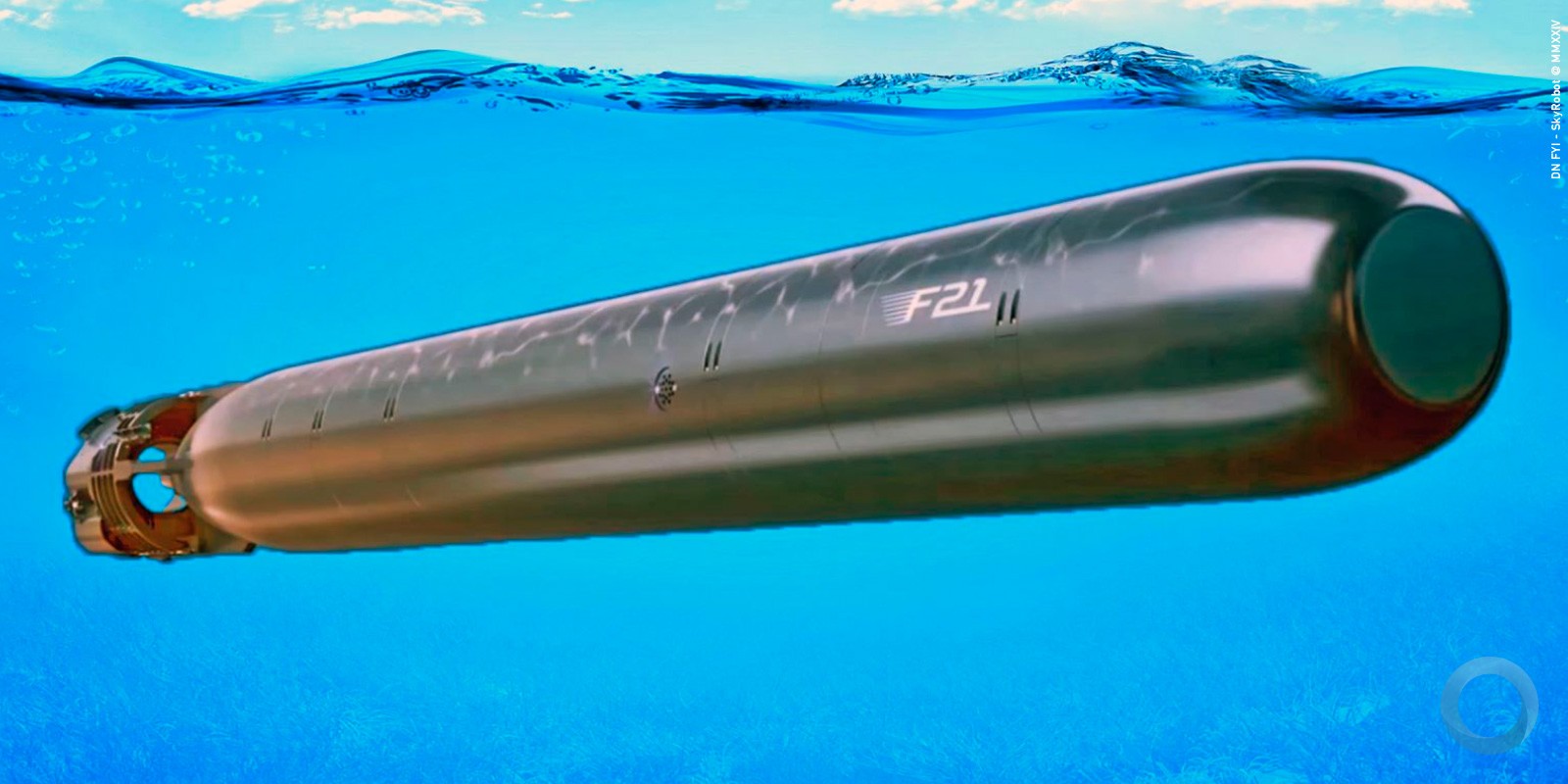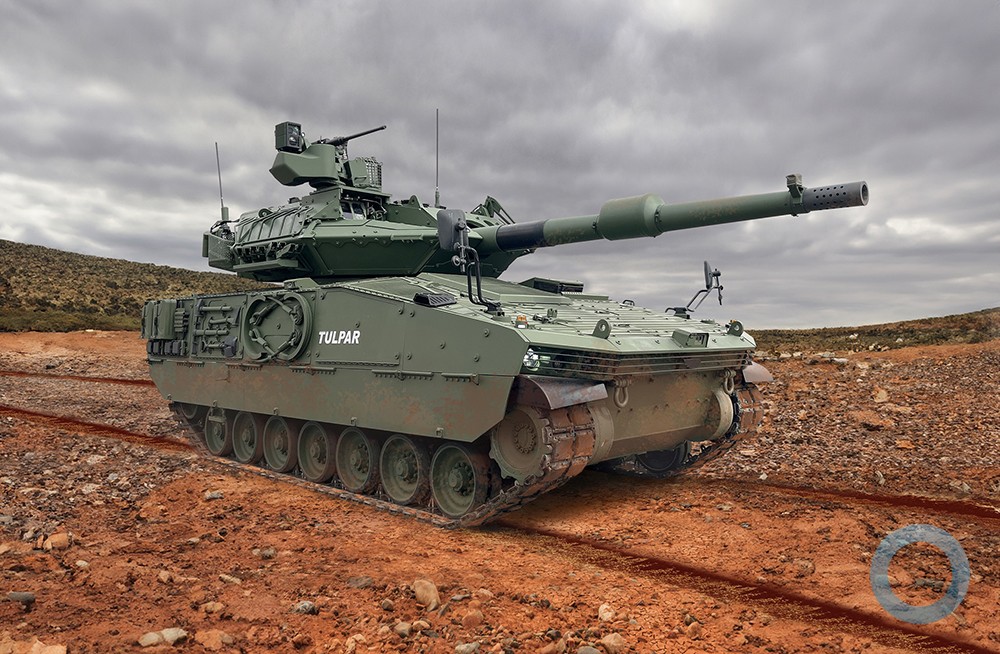
WASHINGTON, July 1, 2015 – The chairman of the US Joint Chiefs of Staff, General Dempsey, cannot predict exactly where the next threat to the United States and its interests may come from, but he knows it will happen faster than in the past and the U.S. military must be prepared.
The National Military Strategy released today by US Army Gen. Martin E. Dempsey provides the blueprint for how the military will use its forces to protect and advance U.S. national and security interests.
“Globalization, diffusion of technology, and demographic shifts are driving rapid change as state actors and trans-regional networks challenge order and stability,” said Dempsey. “This strategy addresses these dynamics and our strategy to ensure that our force remains the best-led, trained and equipped military on the planet.”
The National Military Strategy follows the release of the 2015 National Security Strategy in February this year, as well as the 2014 Quadrennial Defense Review.
Strategic Outlook
The strategy recognizes that the application of military power versus traditional state threats is far different than military power against non-state actors. It also posits that the most likely scenario is prolonged campaigns rather than short, intense battles.
The strategy also states that as a “hedge against unpredictability with reduced resources we may have to adjust our global posture.”
According to the strategy document, the U.S. military also must be ready to counter “revisionist states” such as Russia that are challenging international norms as well as violent extremist organizations such as the Islamic State of Iraq and the Levant.
“We are working with allies to deter, deny and — when necessary — defeat potential state adversaries,” the document says. But at the same time, the U.S. military is building and leading an extensive network to take on ISIL.
Globalization Complicates Security Strategy
Globalization is allowing people and technology to move around the world in a way never seen before, complicating an already complex security situation, according to the strategy. Globalization has positive effects in stimulating trade and making many nations prosperous, but it also can exacerbate social tensions, cause competition for resources and may engender political instability.
Technology speeds everything up. The strategy noted that individuals and groups, today, have more information at their beck and call than governments had in the past.
Concerns About Russia, Iran, North Korea
While the document notes Russia’s contributions in some security areas such as counternarcotics and counterterrorism, it also points to that nation’s willingness to use force to achieve its goals.
“It also has repeatedly demonstrated that it does not respect the sovereignty of its neighbors,” the strategy states. “Russia’s military actions are undermining regional security directly and through proxy forces.”
But Russia is not the only country of concern in the strategy document.
Iran’s nuclear program worries American allies in the region and beyond, according to the strategy. Iran sponsors terrorist groups in the region and is active in Syria, Iraq, Yemen and Lebanon.
North Korea remains an outlaw state that has developed atomic weapons and is building missiles capable of reaching the United States.
China a Question Mark
China is in a different class, but could be a threat to the United States, according to the strategy. It is a rising great power and the strategy encourages China “to become a partner for greater international security.”
Still, Chinese actions in the South China Sea are worrisome.
It is a complex strategic environment and the U.S. military cannot focus on one threat to the exclusion of all others, according to the strategy.
“[The U.S. military] must provide a full range of military options for addressing both revisionist states and [violent extremist organizations],” the strategy says. “Failure to do so will result in greater risk to our nation and the international order.”









